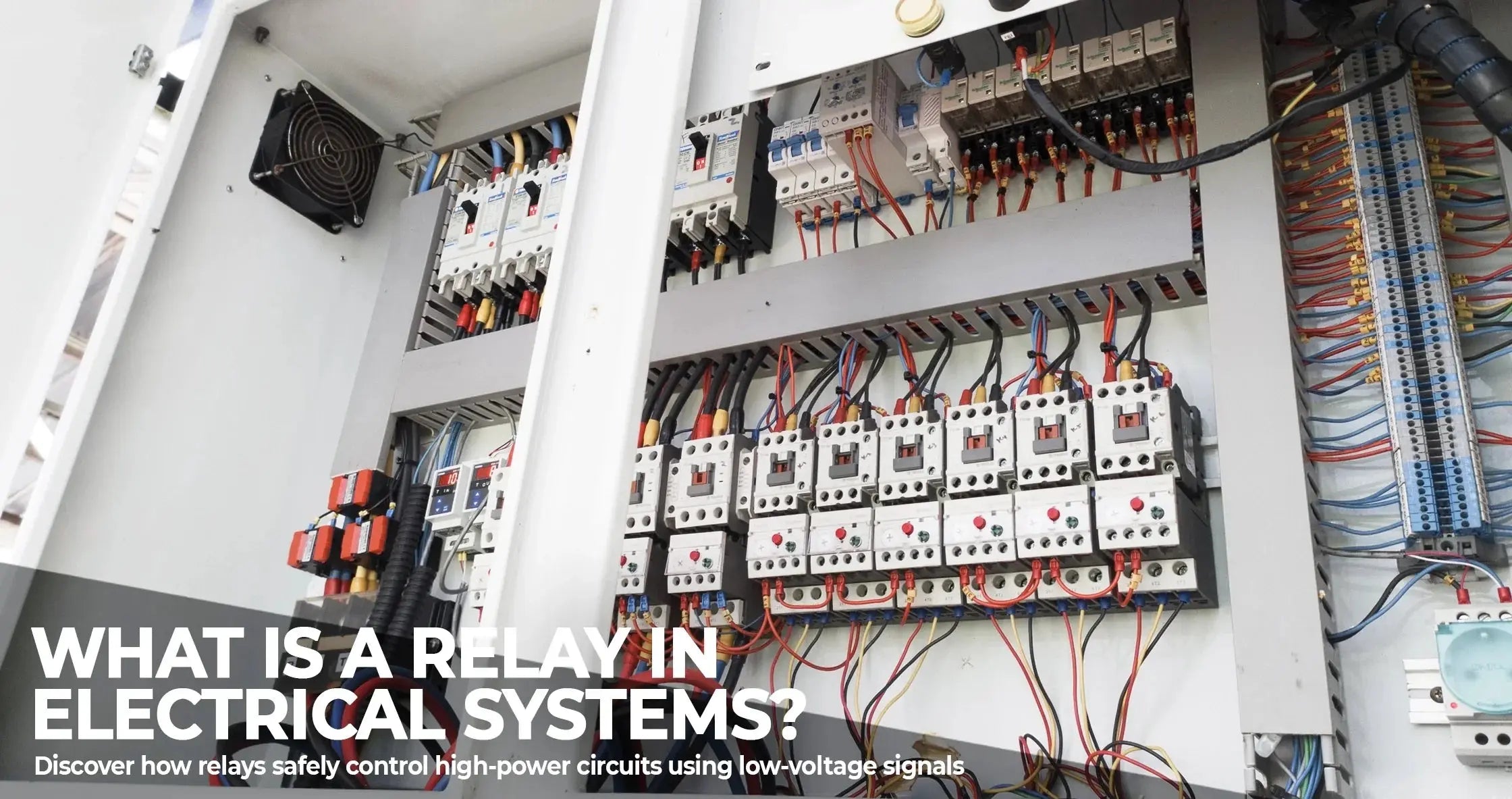A relay is an essential component in electrical systems that acts as a switch controlled by electrical signals. Understanding what is relay in electrical systems can help you grasp its importance in modern technology.
What is a Relay in Electrical?
A relay is essentially an electrically operated switch used to control high-power circuits with low-power signals. It bridges two separate circuits and allows one circuit to activate or deactivate another without physical intervention. This makes it a crucial element in many industries, including automotive, telecommunications, and industrial automation.
Relays are widely used because they provide isolation between the control circuit and the load circuit. This isolation ensures safety when dealing with high voltages or currents.
Key Components of a Relay
Every relay consists of four main components: coil, common terminal, normally open (NO), and normally closed (NC) terminals. The coil receives the input signal, while the common terminal connects to the output circuit. NO and NC determine whether the circuit is open or closed based on the relay's activation state.
How Does a Relay Work?
When an electrical signal energizes the coil, it generates a magnetic field that moves the internal contacts, completing or breaking the circuit. This action controls the flow of electricity in the load circuit.
Types of Relays
There are several types of relays, each designed for specific applications. Knowing what are different types of relay helps in selecting the right one for your needs.
Electromechanical Relays (EMR)
These are traditional relays that use electromagnetic induction to operate. They have moving parts and are reliable but slower compared to other types.
Solid-State Relays (SSR)
Solid-state relays use semiconductors instead of mechanical parts. They offer faster switching speeds and longer lifespans but generate more heat during operation.
- Compact design
- No moving parts
- Higher efficiency
Reed Relays
Reed relays combine the advantages of both EMRs and SSRs. They use reeds enclosed in glass tubes to minimize wear and tear while maintaining fast response times.
Applications of Relays
Now that we understand what are electrical relays used for, let’s explore some common applications:
Industrial Automation
In factories, relays control machinery and equipment, ensuring smooth operations and reducing human intervention.
Automotive Industry
Cars use relays to manage headlights, starter motors, and other electrical components. Their ability to handle high currents makes them ideal for automotive applications.
Home Appliances
Relays are found in refrigerators, washing machines, and air conditioners to regulate power consumption efficiently.
Control Mechanisms of Relays
To understand what controls a relay, we must examine the factors influencing its activation:
Voltage Levels
The voltage applied to the coil determines whether the relay activates. Too low or too high a voltage can prevent proper functioning.
Current Flow
The current flowing through the coil generates the magnetic field necessary for switching. Proper current levels ensure reliable performance.
Environmental Conditions
Temperature, humidity, and vibration can affect relay performance. Designing for these conditions improves longevity and reliability.
Functions of Relays in Circuits
Understanding what does a relay do in an electrical circuit is critical for designing effective systems:
Switching High-Power Loads
Relays allow low-power signals to control high-power devices safely. This feature is especially useful in industrial settings.
Providing Isolation
By separating control and load circuits, relays protect sensitive electronics from damage due to high voltages or currents.
Automation and Control
Relays enable automatic switching based on pre-defined conditions, enhancing system efficiency and reducing manual effort.
Conclusion
In summary, relays play a vital role in modern electrical systems by enabling safe and efficient control of various devices. Whether you're working with electromechanical, solid-state, or reed relays, understanding their functions and applications can significantly enhance your projects. As technology advances, the importance of relays will only grow, making them indispensable tools for engineers and technicians alike.
Frequently Asked Questions (FAQ)
Here are answers to some common questions about relays:
1. Can I replace a relay with a switch?
While switches can perform similar functions, relays offer remote control capabilities and better isolation, making them superior choices for certain applications.
2. How long do relays last?
The lifespan of a relay depends on its type and usage conditions. Solid-state relays generally last longer than electromechanical ones due to fewer moving parts.
3. Are relays expensive?
Prices vary depending on the type and quality of the relay. Basic models are affordable, while advanced versions with additional features may cost more.

